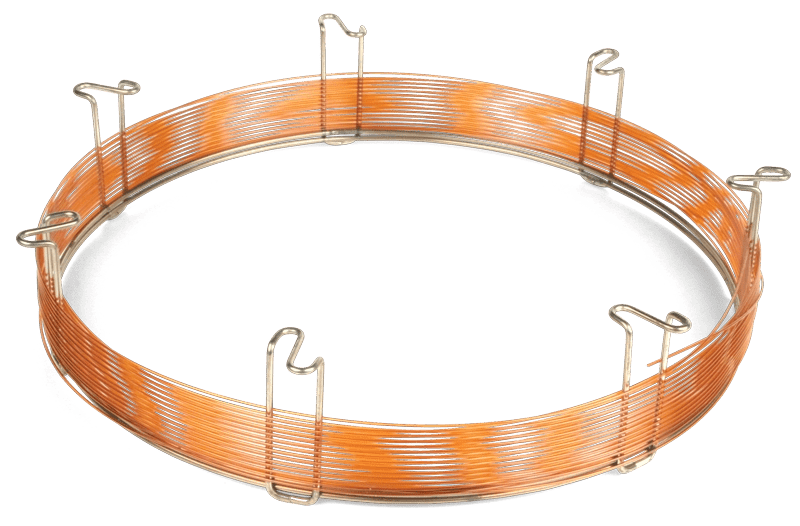How do I alleviate baseline oscillations in GC?
Oscillations in baselines can be problematic, causing increased noise levels as well as interfering with quantitation. Oscillations can sometimes be considered noise, but occur in a pattern that is slower than typical noise. Looking at the frequency and temperature dependence of the oscillations can help distinguish the cause of the disturbance.
Slow, Low Frequency Oscillations
Peaks are independent of the temperature ramp. The cause is likely due to gas pressure fluctuations. In the below instance, the air compressor would pressurize a storage tank which would increase line pressure, resulting in higher flow and cause the signal to rise. Usage decreases the storage tank pressure, causing a dip in pressure and flow. Adding a dual stage regulator to minimize pressure fluctuations will help to minimize the problem.
Fast, Higher Frequency Oscillations
Peaks are evenly spaced and frequency is independent of the temperature ramp. The cause is likely detector related. Baking the detector at the maximum temperature (450 °C for FID) for 30 min to 1 hour may provide temporary relief. For a lasting solution, it may be necessary to physically clean the detector.
Temperature Dependent Oscillations
Peak frequency is temperature dependent. Faster temperature ramps give more frequent peaks as seen below when reaching an isothermal temperature in the middle of the chromatogram. These peaks are due to contamination that is being introduced onto the column, and the column is separating the peaks. The sample or the inlet has been contaminated, likely with siloxanes or hydrocarbons. Changing samples, wash solvents, liner, gold seal, and sometimes the syringe may be required to eliminate the contamination.
Baseline oscillations can affect the signal to noise ratio, and so can excessive column bleed! Extra column bleed can cause increased noise, making it more difficult to quantitate peaks. Consider choosing a low bleed column (such as any Zebron MS Certified column) to reduce noise levels.
|







